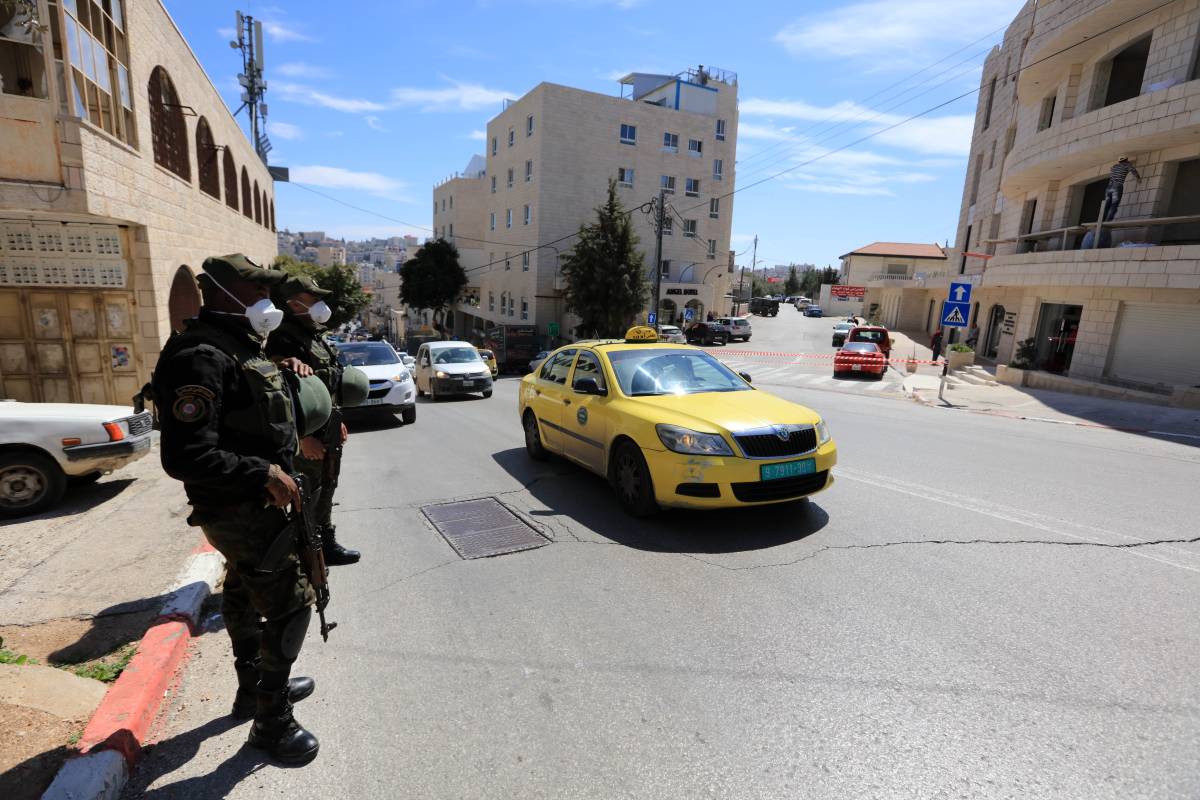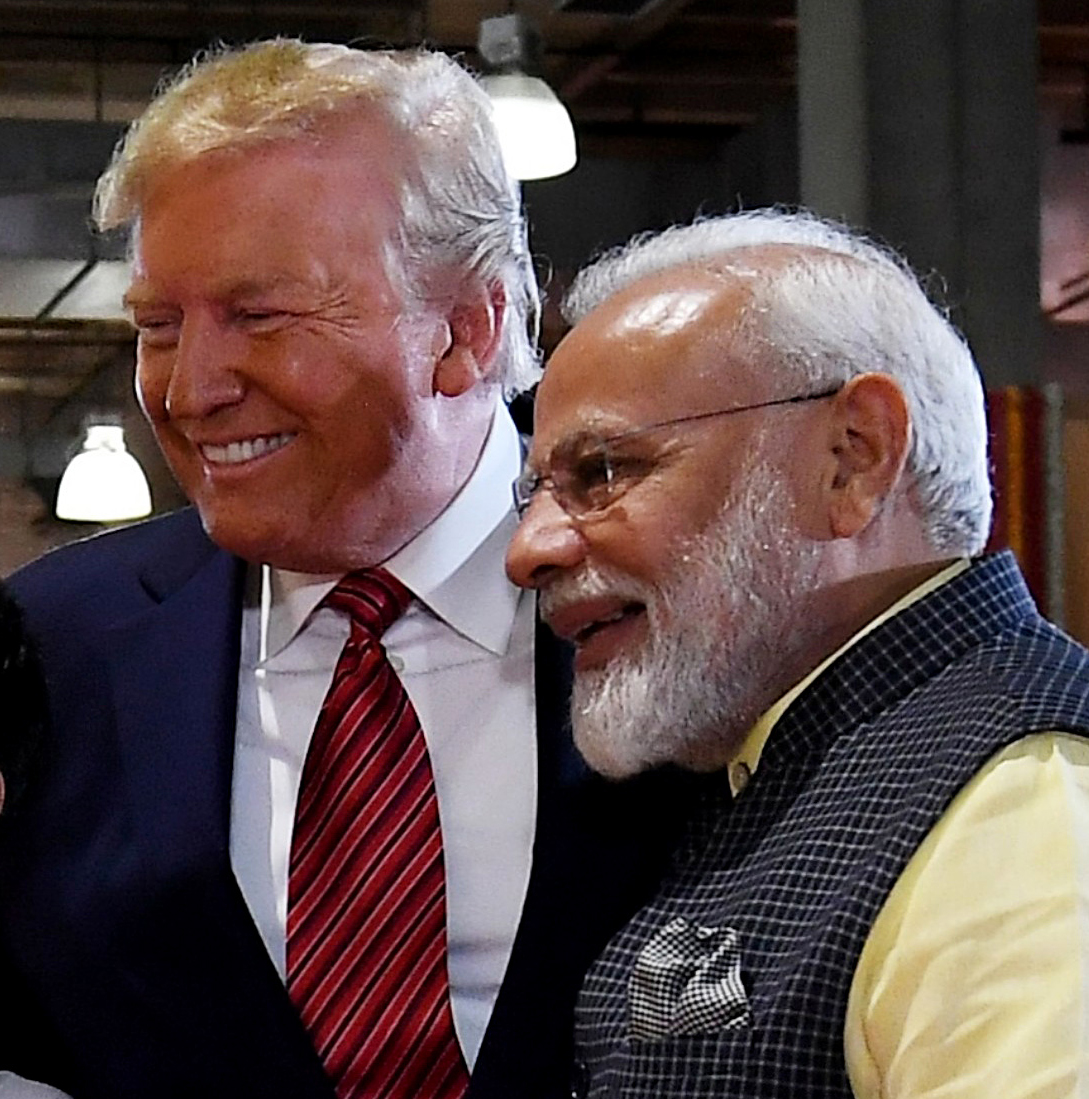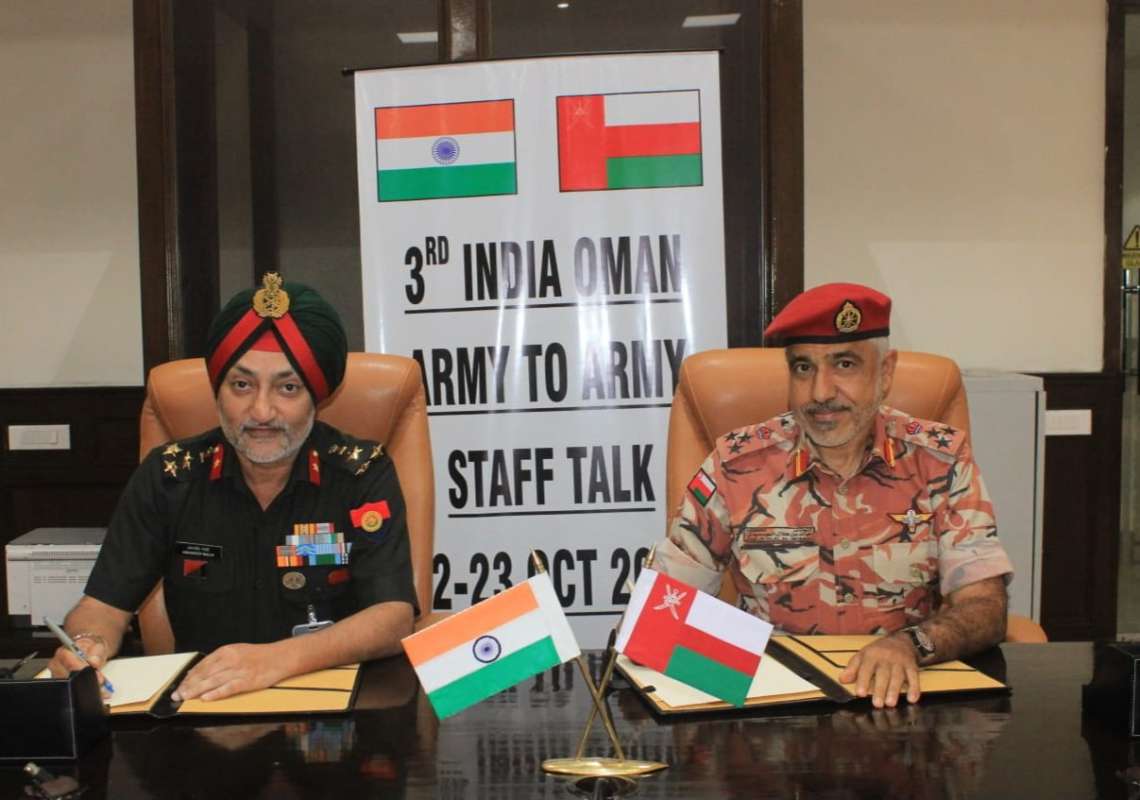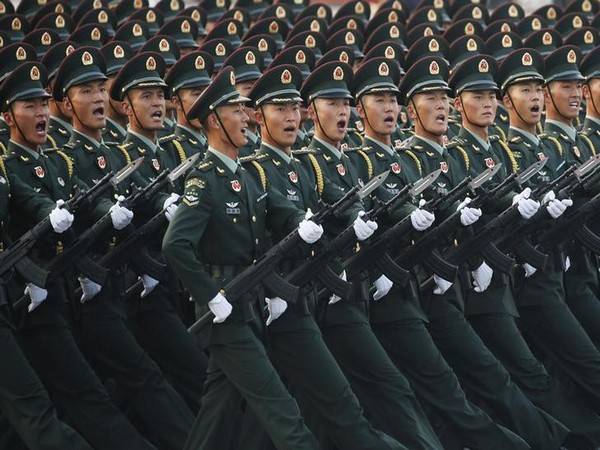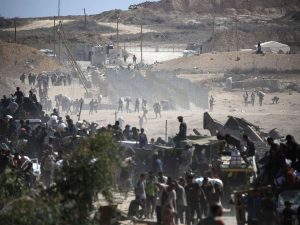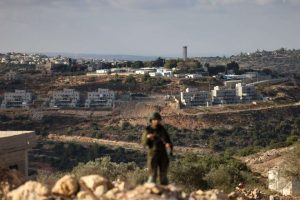The conflict between Meiteis and Kukis, which is causing Manipur to burn is actually a conflict of identities and rights, rather than religion. The issue is not Hindu vs. Christian or Tribal vs. Non-Tribal; instead, we must look at the bigger picture, discard one-sided narratives, fabricated videos, unverified facts, and false claims. Manipur, like many parts of Northeast India, is home to a diverse tapestry of over 30 ethnic communities, unfortunately plagued by a history of mutual distrust. A special comment by James Khangenbam
The recent outbreak of violence in Manipur is rooted in long-standing disputes over land and special privileges, which have created deep divisions between the two major ethnic groups. The protests and ensuing violence have resulted in casualties, including the killing of an IRS officer by a mob and the shooting of a police commando in his own village. Even an MLA from the ruling government, a Kuki tribal, was targeted by protestors. The situation has escalated to the extent that the army has been deployed in the state to contain the violence.
Manipur, like many parts of Northeast India, is home to a diverse tapestry of over 30 ethnic communities, unfortunately, plagued by a history of mutual distrust. The Meiteis constitute a significant portion of the population, with most residing in the Imphal Valley. However, a considerable number have migrated to states like Assam, Tripura, Nagaland, Meghalaya, and Mizoram. The Meiteis primarily speak the Meitei language, which is the official language of the state, and follow predominantly Hinduism, with a minority practising Islam. They are primarily engaged in agriculture, particularly rice cultivation.
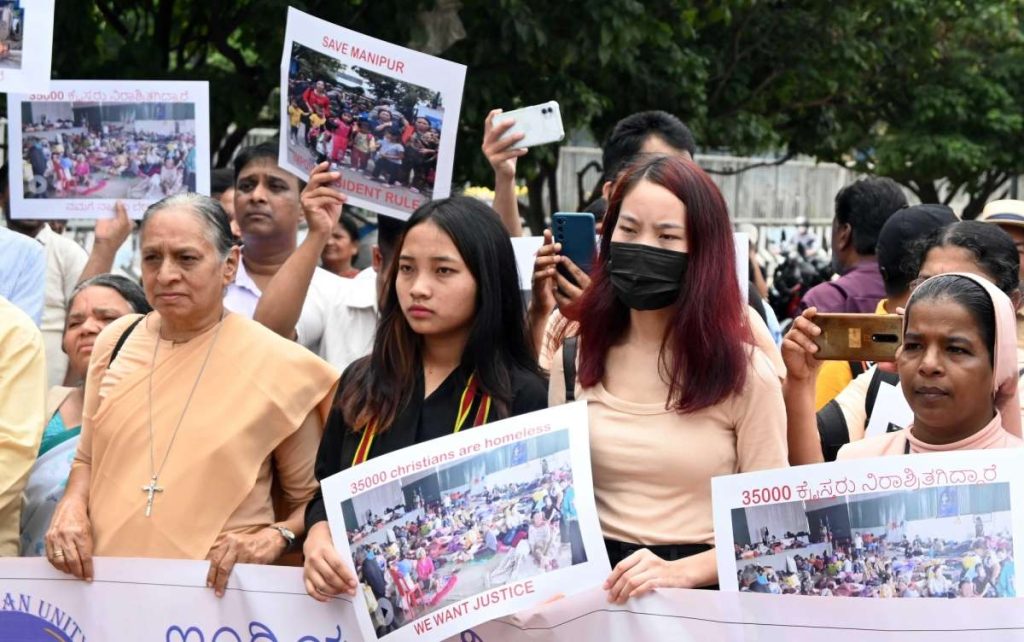
The Meiteis, organised into seven clans, have historically been influential in ruling Manipur since ancient times. Manipur was conquered by the British in 1891 AD and was ruled as a protected kingdom until it gained independence alongside India in 1947. However, in October 1949, the King signed a merger agreement with India in Shillong, making Manipur part of the Indian state. As a result, the Manipuri language is essentially the Meitei language. The Meiteis have a dominant presence in the cultural and economic spheres of Manipur.
On the other hand, the Kukis and Nagas express grievances about the allocation of developmental benefits, which they believe disproportionately favour the Meitei-inhabited areas. They feel exploited, as even though they constitute approximately 50% of the population, 40% of the state assembly’s 60 seats are reserved for Meiteis. These grievances were exacerbated when the High Court directed the state to forward the petition of the Meiteis, who seek inclusion in the Scheduled Tribes (ST) list, to the central government. The Kukis and Nagas oppose this status, fearing that Meiteis already enjoy better representation in government jobs and higher economic status compared to the tribal communities. They believe that granting ST status to the Meiteis would provide them with additional benefits.
The Meiteis argue that, since they embraced Hinduism centuries ago, they have been classified as a general category after 1948, even though they were considered tribals before that. They insist on obtaining ST status because they perceive being in the general category as a disadvantage in the state, as non-tribals are prohibited from purchasing land in the hills, while tribals like the Kukis and Nagas are free to do so in the Imphal Valley and other parts of Manipur. Additionally, with the increasing influx of illegal migrants from Myanmar, the Meiteis fear being outnumbered in their own homeland.
Following the coup in Myanmar, illegal Kuki immigrants find it easier to settle in the hill districts of Manipur due to similarities in language and culture with the local population. Some Kukis are allegedly involved in poppy cultivation in the hills, and it is claimed that the government’s crackdown on this activity was one of the reasons behind the Kuki protests. However, Kuki groups refute this and maintain that the protests were against the Meitei reservation.
Recently, the All-Tribal Student’s Union of Manipur (ATSUM) organized a solidarity march opposing the Meitei demand for reservation, which escalated into a volatile and violent situation when the Manipur High Court directed the state to pursue the granting of reservation. The Meiteis feel marginalized and victimized without constitutional protection and seek safeguards to protect their culture, language, and identity.
The Kukis are discontented not only due to tribal dynamics but also due to concerns about the role of the state and the rise of “Meitei nationalism” in Manipur. A recent eviction drive by the state government, aimed at clearing reserved forest land under the Forest Rights Act, has led to the displacement of Kuki villagers without proper rehabilitation. Given the current dynamics, the Kuki community believes that separate administration is the only solution.
The unfolding events and long-standing stigmas associated with the division between the valley and the hills have fuelled dissatisfaction and a desire for revenge. As a result, Manipur is currently engulfed in chaos. Adding to the turmoil is the rampant spread of misinformation on social media platforms. Many Twitter handles are peddling false narratives, such as Kuki groups engaging in the ethnic cleansing of Meiteis, and vice versa. This misinformation exacerbates the situation, with innocent lives lost, villages in flames, and people uprooted from their roots, while the truth is overshadowed.

It is crucial to awaken from the slumber of communal disharmony and recognize that the turmoil is not always rooted in religious differences. The issue at hand is not Hindu vs. Christian or Tribal vs. Non-Tribal; instead, we must look at the bigger picture, and discard one-sided narratives, fabricated videos, unverified facts, and false claims. Internet services were suspended in Manipur until July 10th due to the volatile situation, as misinformation could incite further violence. The key question that needs to be addressed is how the killings, arson, chaos, and destruction are escalating at such an alarming rate, leaving informed citizens grasping for a reasonable and rational understanding.
It is essential to note that all ethnic groups in Manipur belong to the same Mongolic clan, sharing similar cultures and traditional practices. The Kuki people are an ethnic group present in various states, including Manipur, Nagaland, Assam, Meghalaya, Tripura, Mizoram, and neighbouring countries like Bangladesh and Myanmar. They mostly inhabit the hills around the Imphal Valley in Manipur. The arrival of missionaries and the subsequent spread of Christianity among the Kukis marked a departure from their ancestral customs and traditions. The British victory in the Anglo-Kuki war (1917-1919) opened their minds to the British culture of governance and society, leading to a rapid conversion to Christianity. Additionally, due to their proximity to Bengal, a Kuki-Muslim community gradually emerged, consisting mostly of descendants of Kuki men who married Bengali Muslim women.
Some Kukis assert that their ancestors were brought from the Kuki-Chin hills of Burma by the British and settled around the Imphal Valley to protect Manipur from marauding Nagas in the north. They consider this their homeland, although the territory they claim has now shrunk to the hilly areas dominated by Naga tribes. The Kukis often complain about the alleged neglect of these hill districts by the Meitei-dominated state government.
It is evident that the divide in Manipur is not based on religious bias but rather on a growing divide between the valley and hills, between settled and shifting communities, and between the “State” and “Non-state.” The concept of “State” refers to the Meiteis, who settled in the valley, engaged in agriculture, and contributed to economic and cultural processes that shaped a distinct state identity. Conversely, the tribal communities practised shifting agriculture in the hills, cultivating seasonal crops with limited contributions to the culture and the economy. As a result, they became categorized as “Non-state.” This divide was intentionally fostered and fuelled by the British, enabling them to align with the “civilized” state realm according to their own culture and governance practices.


